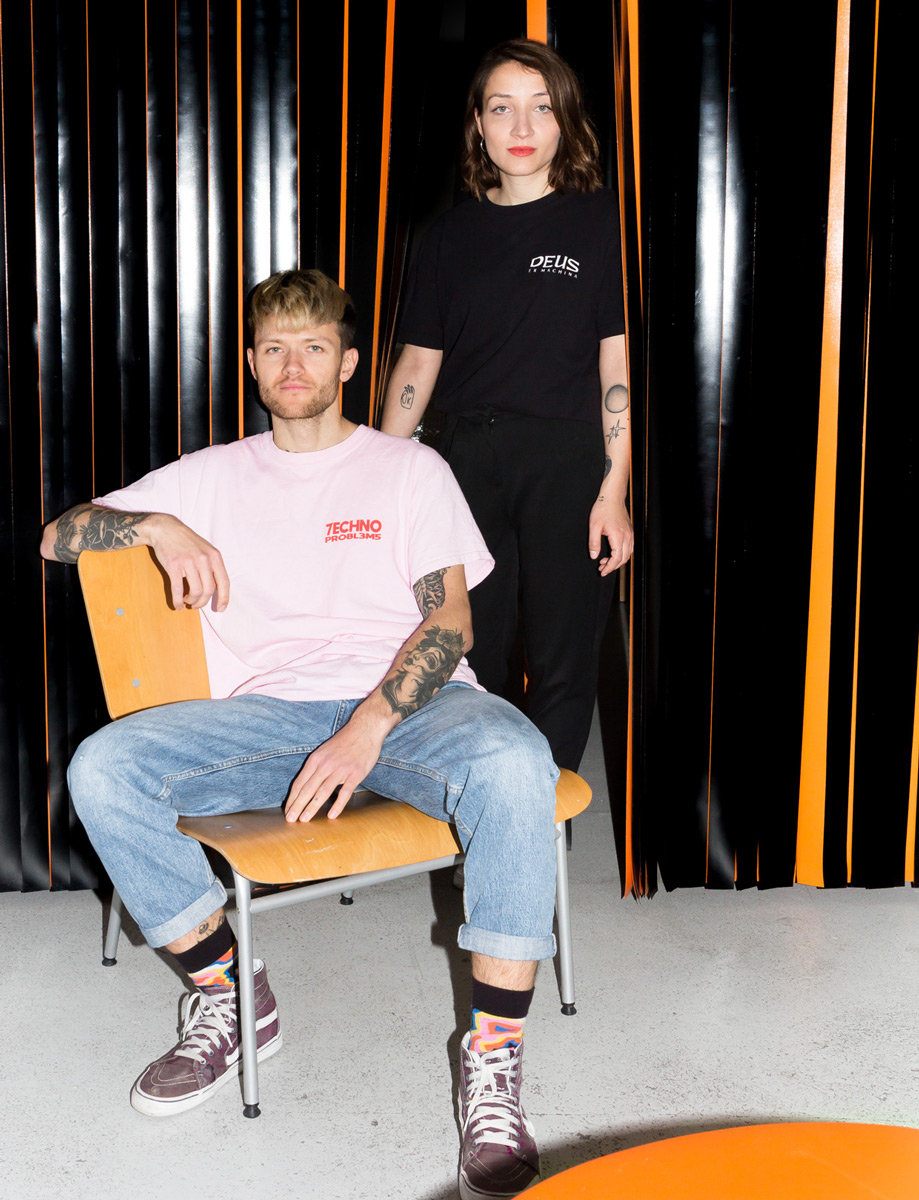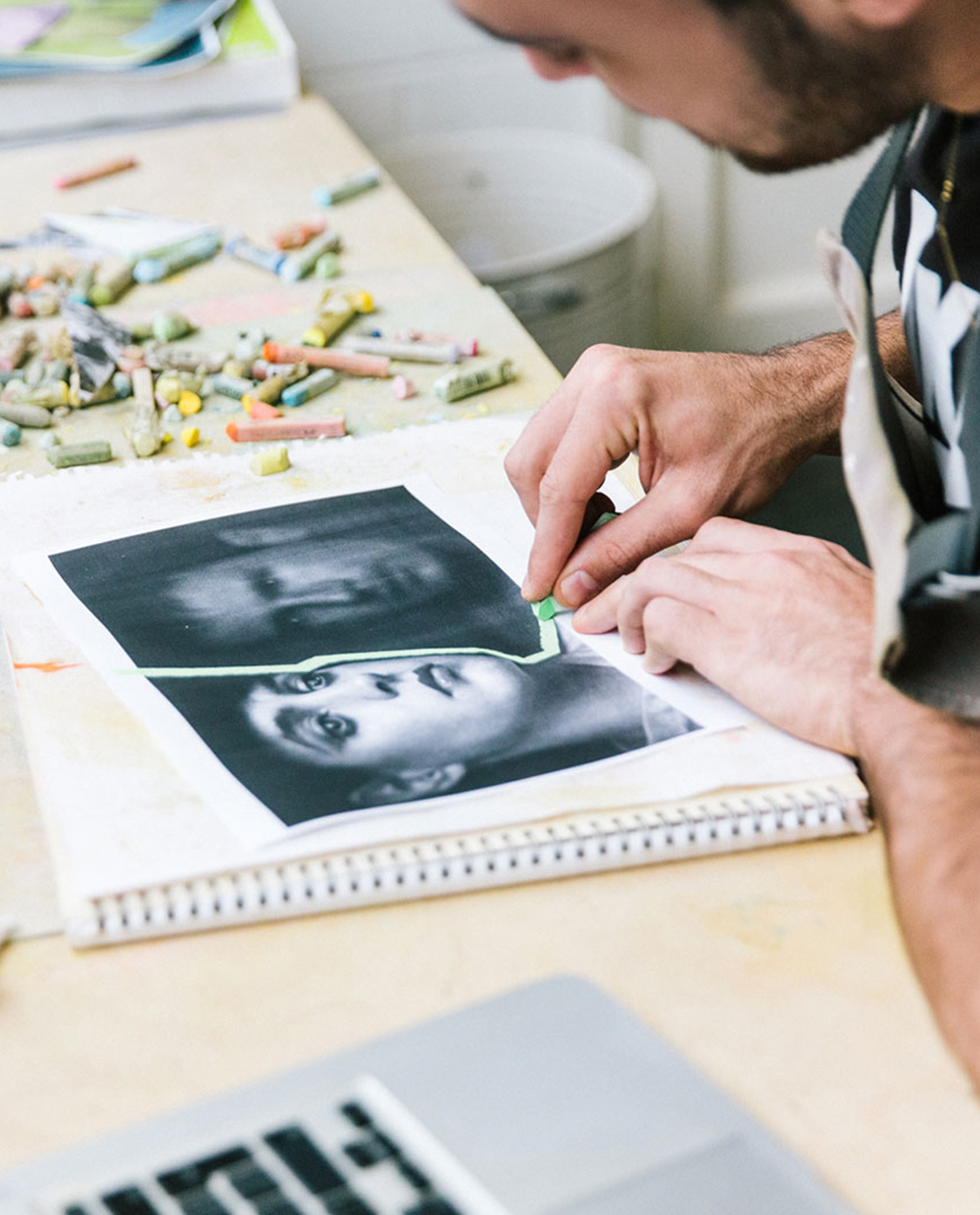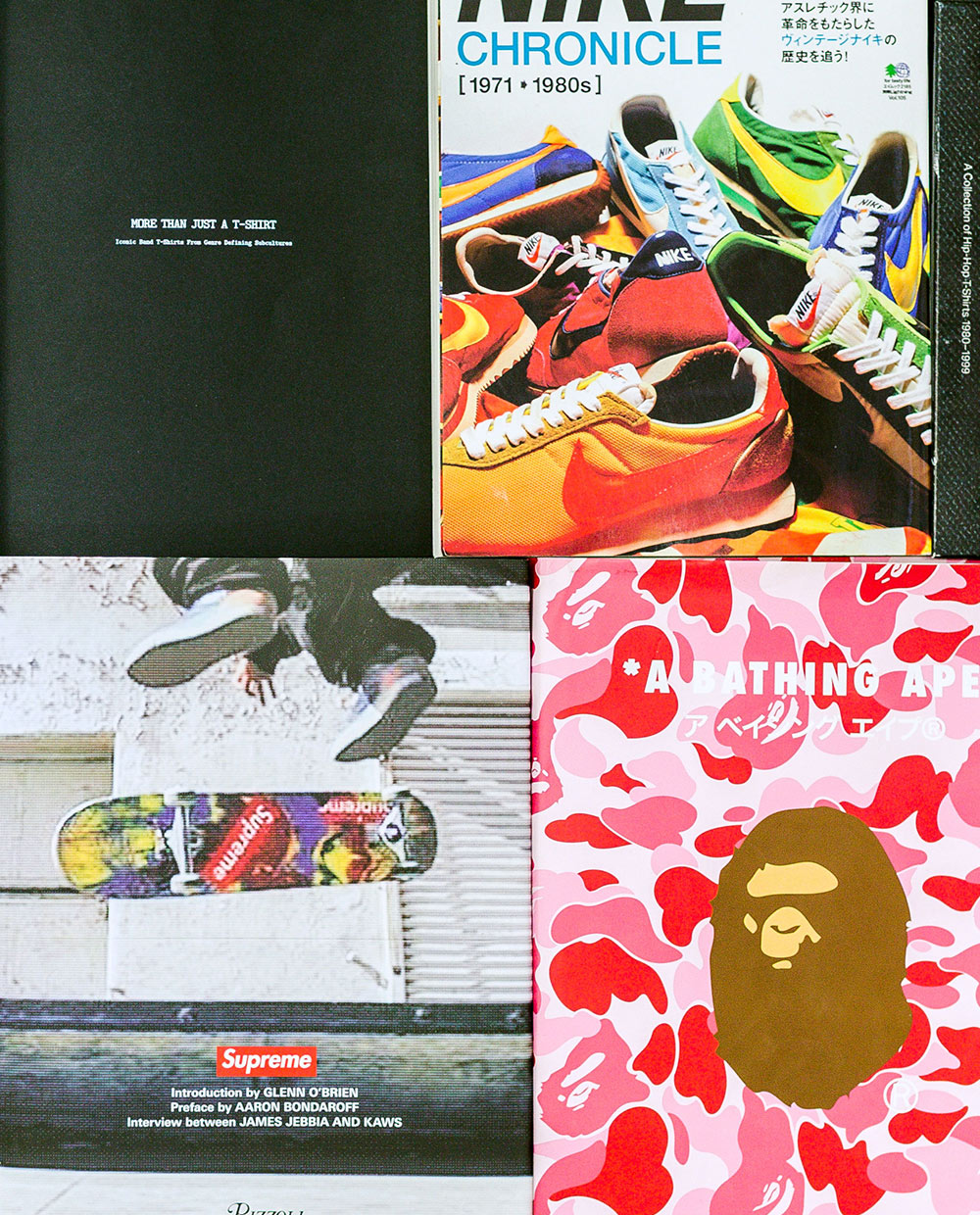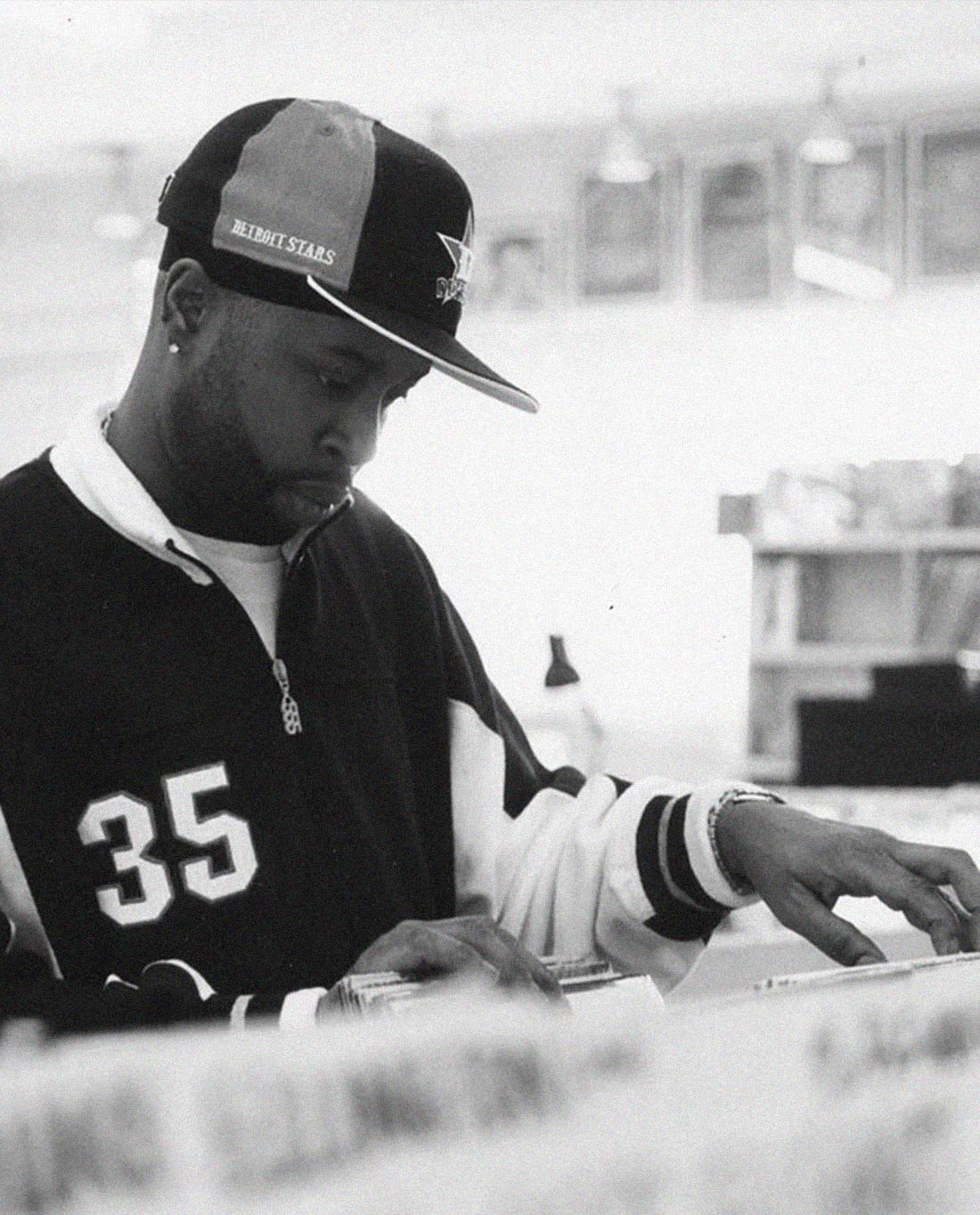What was the thinking involved behind the design?
Although ‘Otaku’ originated in Japan, we both grew up with the subculture of anime and manga. From our childhoods right up to today, we still get a lot of our inspiration from the (typo)graphic style; it’s shaped our way of designing and thinking. In mixing it with our own European influences, we created a design that’s a contemporary tribute to this subculture.
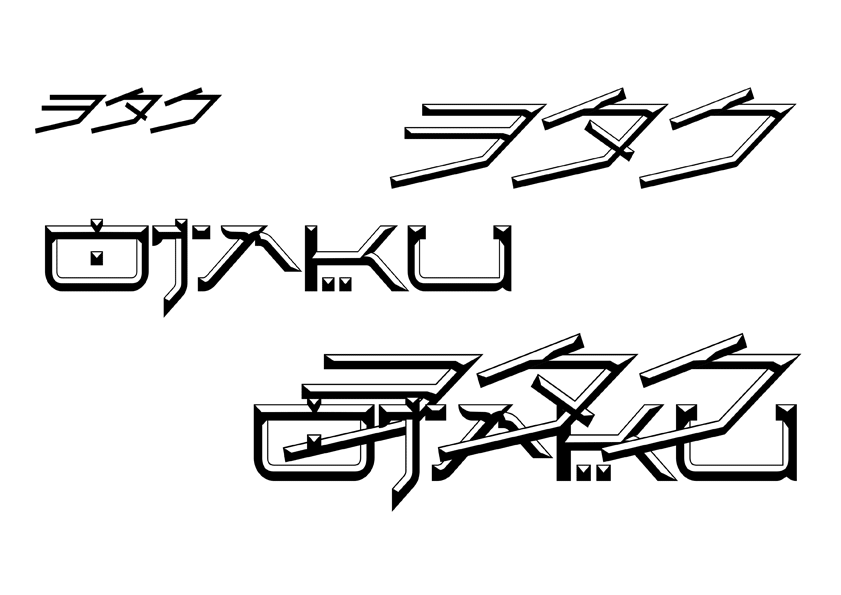
How did you arrive at the finished design?
We watched lots of different anime films and read manga comics, then chose the ones that were visually the most interesting to us and used them as a source of inspiration. Not only the aesthetics of the animes counted though; the content was important to us as well.
the design and the product should be one
In the end, we took elements from our chosen animes and started experimenting with them by reusing them, merging them or adding completely new elements inspired by anime culture.
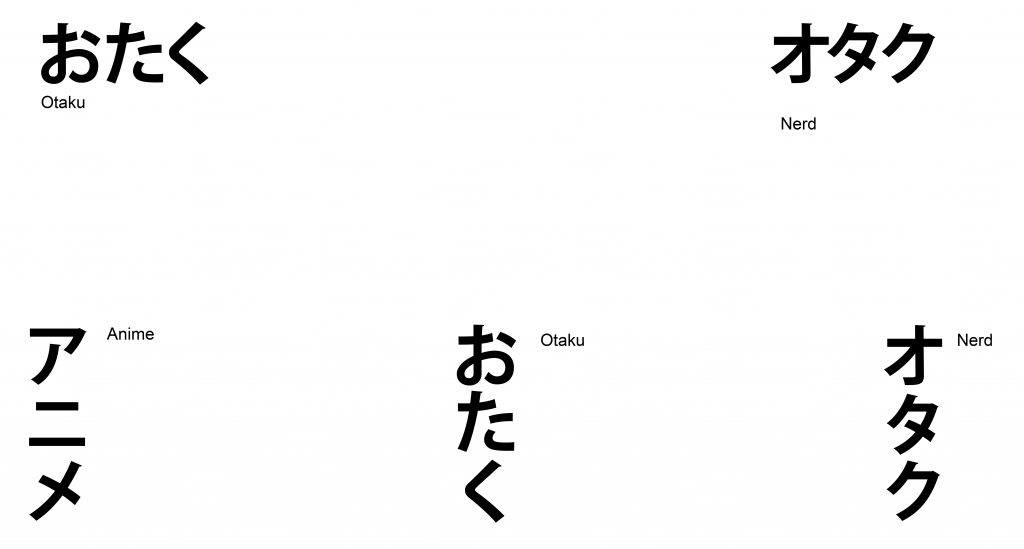
How do you ‘know’ when a design you’re working on is finished?
Most of the time it’s just a feeling, you have to go with your gut. Sometimes it can be really hard to decide whether you should stop working on something or you need to keep going and pushing on with it. When that happens the best thing you can do is drop it for a few days and take a break, you’ll come back to it with different eyes and get a new perspective. Also, asking others to give their opinions, we find getting feedback is always the best way to improve.
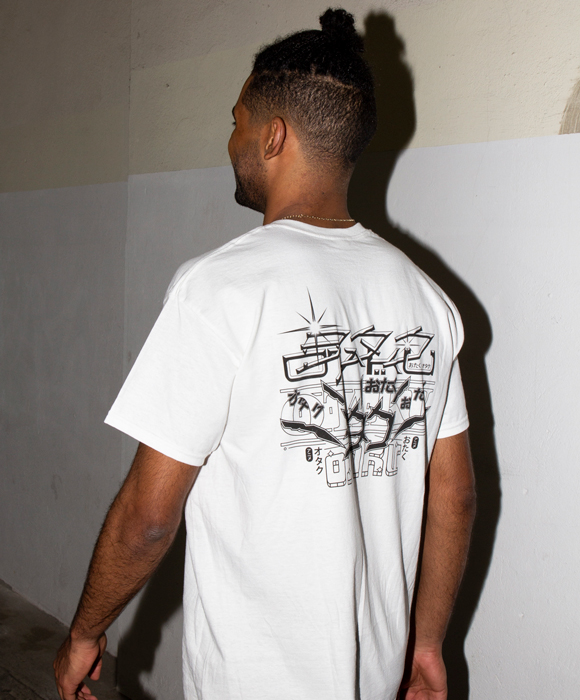
How does the process of designing for physical objects, like T-shirts, compare to your other work?
There are so many different aspects that become important once you start designing for physical objects. Sure, the actual designing is almost the same, but now you also need to keep the material, the production process and how the product is going to be used in mind. You need to try out how the design looks on the product, it shouldn’t just look like it’s been placed there – the design and the product should be one.
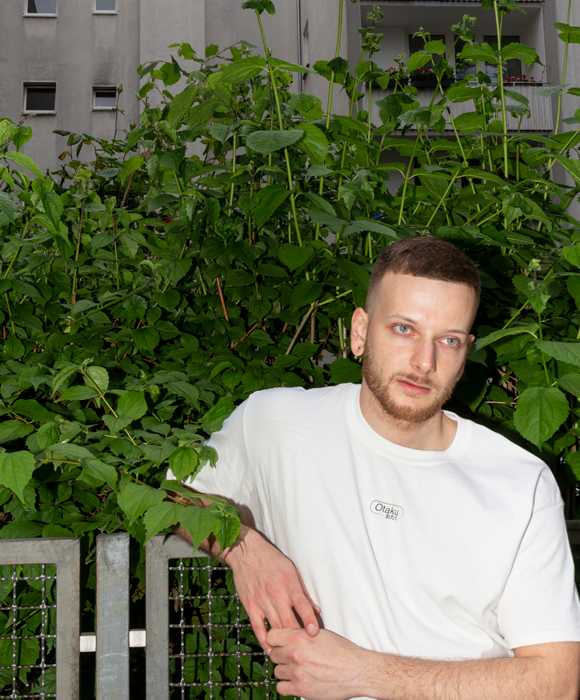
In the case of our T-shirt, the placement of the design and its proportions and visibility were a really important aspect of the design process. Plus with T-shirts, or clothing in general, they’ll always be in movement, so we had to consider how our design would look in given that it’s not against a static background as well.
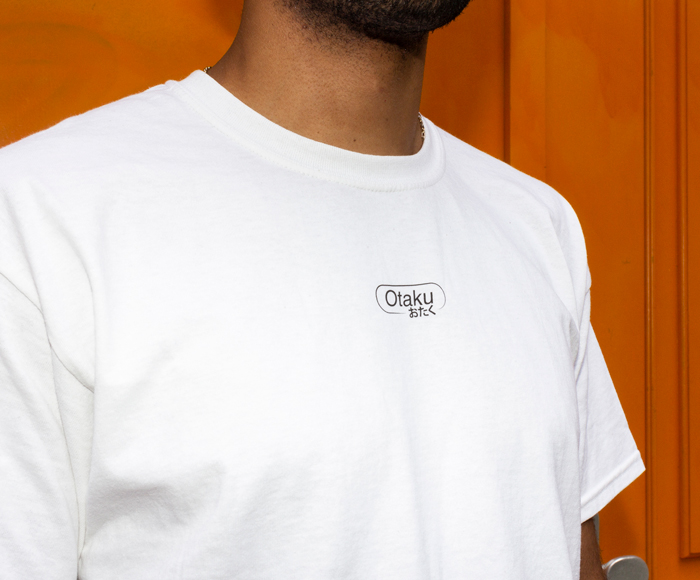
How do you adapt to working together?
It was really easy and came almost naturally to us. As long as you can count on one another, working together has a lot of benefits: it prevents you from getting stuck in your usual design ‘bubble,’ and makes you leave your own comfort zone too. Sharing your ideas and thoughts right from the beginning of working together will help to create the best result possible.
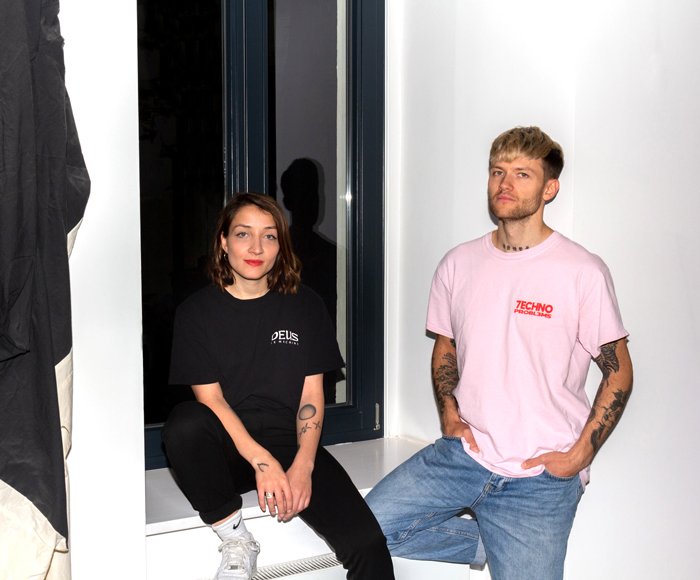
What’s your process like?
If we work on projects together, it’s always about volleying ideas back and forth. You push each other to keep going, it’s the most interesting part of collaborating. Producing new ideas and inspiring each other keeps you not only motivated but also makes it a lot more fun. If we’re under deadline pressure, it can happen that we finish a project (or even start a project) last minute, especially if there are a lot of projects in line.
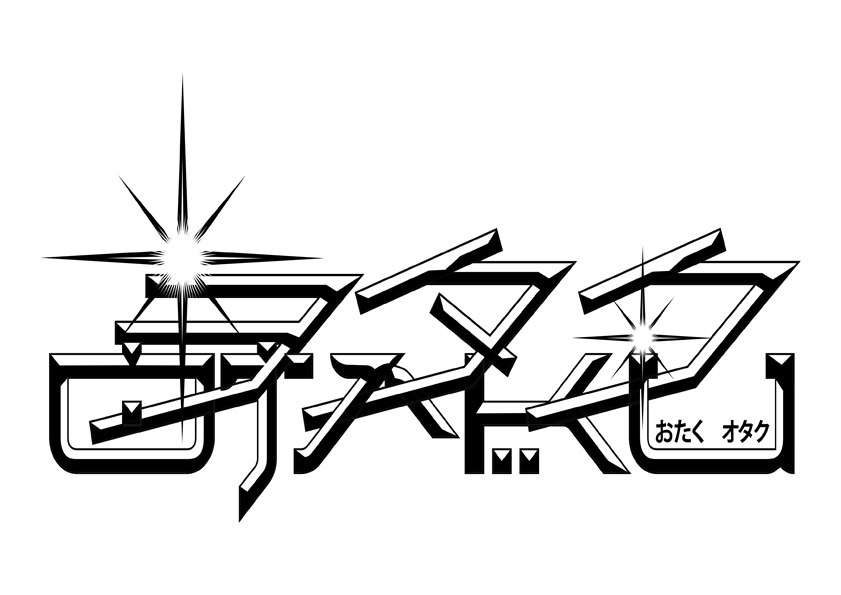
But we always try our best to arrange enough time for each project, and even when we work at the last minute, that doesn’t say anything about the quality of what’s produced. You know what they say: sometimes we work better under pressure.
For more design inspiration, check out our interview with Adam Tickle on his ‘Utopia’ T-shirt.



